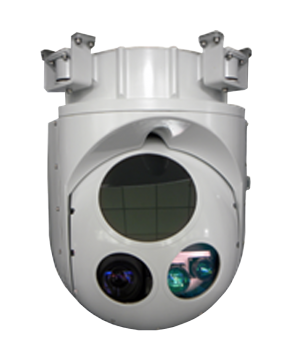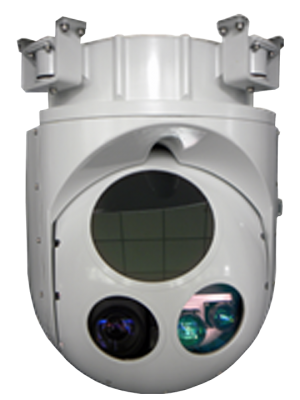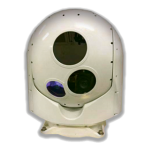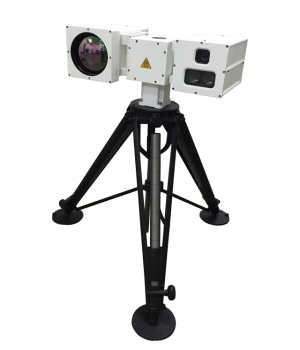A modern cooled thermal imaging camera has an imaging sensor that is integrated with a cryocooler. This is a device that lowers the sensor temperature to cryogenic temperatures. This reduction in sensor temperature is necessary to reduce thermally-induced noise to a level below that of the signal from the scene being imaged. Cryocoolers have moving parts made to extremely close mechanical tolerances that wear out over time, as well as helium gas that slowly works its way past gas seals. Eventually a rebuild for the cryocooler is required after 8,000-10,000 hours of operation. Cooled thermal imaging cameras are the most sensitive type of cameras to small differences in scene temperature. They can detect the smallest of temperature differences between objects. They can be produced to image in the midwave infrared or MWIR band of the spectrum where the thermal contrast is high due to blackbody physics. Thermal contrast is the change in signal for a change in target temperature. The higher the thermal contrast, the easier it is to detect targets against a background that may not be much colder or hotter than the target. Generally speaking, the images from MWIR cameras pointed at nighttime scenes of interest show quite vivid contrast compared Long-range surveillance in low-light conditions or total darkness is a perfect application for thermal imaging technology. This type of surveillance is often required at borders or for large perimeters where most threats occur at night. There are however a multitude of choices of thermal imaging camera systems for mid to long-range surveillance in the commercial marketplace. An often asked question is. “Should I use a cooled or an uncooled thermal imaging system and which one is the most cost effective?” Cooled versus uncooled cameras for long range surveillance to other infrared wavebands. Cooled cameras also can be designed to work in the longwave infrared or LWIR band.
Showing all 3 results




